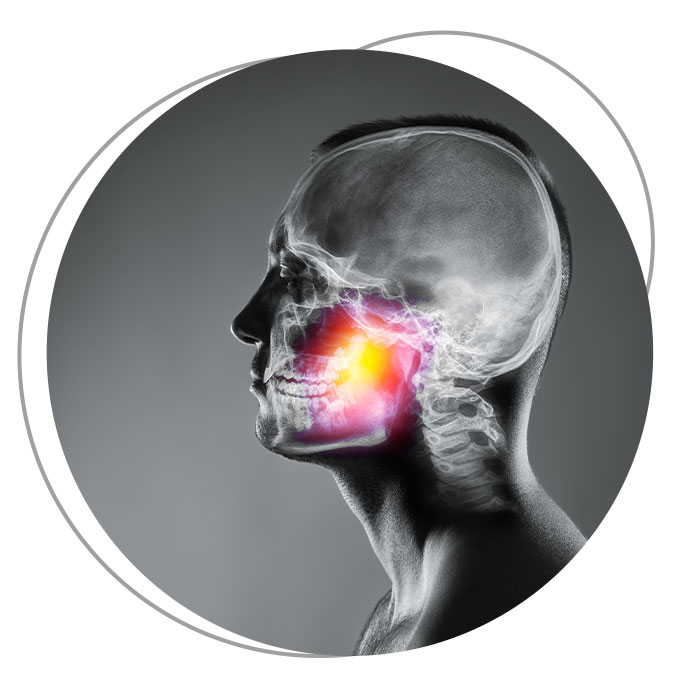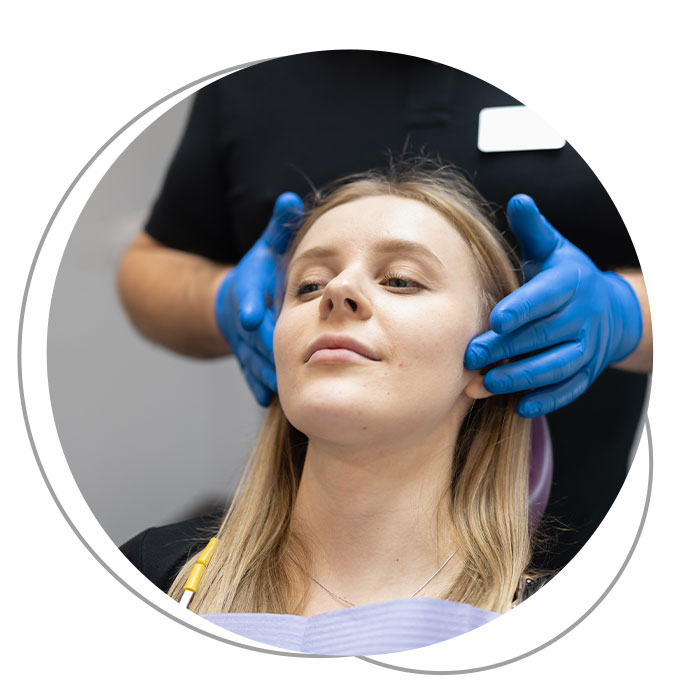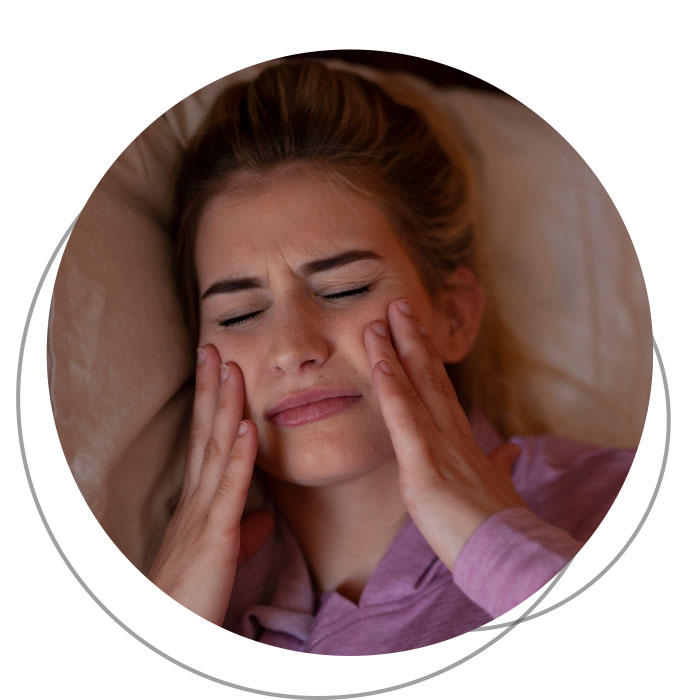
What is gnathology and what it deals with
The Gnathology studies and treats the masticatory apparatus in order to detect and correct any abnormalities in the contact between the two dental arches. Such irregularities can lead to a number of functional and symptomatic complications, not only of the organ in question, but also of other systems such as the locomotor-postural, auditory or nervous systems.
Multi-specialty solutions and diagnosis
At Gellini Dental Office, located in the San Giovanni area of Rome, we offer specialized gnathology services supported by a team of experts who collaborate synergistically with the gnathologist: osteopath, otolaryngologist, orthopedist, and physiotherapist to provide a holistic and personalized approach to the care of our patients.
When to consult a Gnathologist?
We recommend booking a gnathological examination at our office if you experience symptoms such as:
- Pain in the face or neck;
- Headaches Frequent;
- Snoring, sleep apnea o chronic tinnitus (ringing or buzzing in the ears);
- Difficulties in jaw mobility, including blocks or clicks when opening and closing the mouth;
- Chewing disorders or bruxism (clenching or grinding of teeth);
- Dizziness, unsteadiness, swallowing problems, lingual dysfunction or postural disorders.


Bruxism: the number one enemy of your smile
Bruxism is arhythmic activation of the masticatory muscles characterized by clenching of the jaw.The causes of bruxism are unknown: anxiety and stress are two likely risk factors although definitive proof is still lacking.The consequences of bruxism include. tooth wear, fracture of teeth, fracture of implants, headaches, pain in the face region, limited opening of the mouth from muscle pain or temporomandibular joint dislocation.
The process of the gnathological examination
The gnathological evaluation at our practice consists of two main stages:
Initial assessment:
includes a detailed analysis of the patient's medical and dental history to identify any pre-existing conditions and therapies performed.
Instrumental diagnosis:
specific examinations are performed to collect accurate data, which are essential for defining the most appropriate therapeutic strategy, which often involves customized orthodontic devices to improve occlusion.
Available treatments
Following the diagnosis, we propose various treatment solutions, including: the use of dental devices, such as the bite, to correct bite abnormalities. Bite also allows the rebalancing of masticatory forces, relieving pressure on muscles and inflammation of the TMJ.
